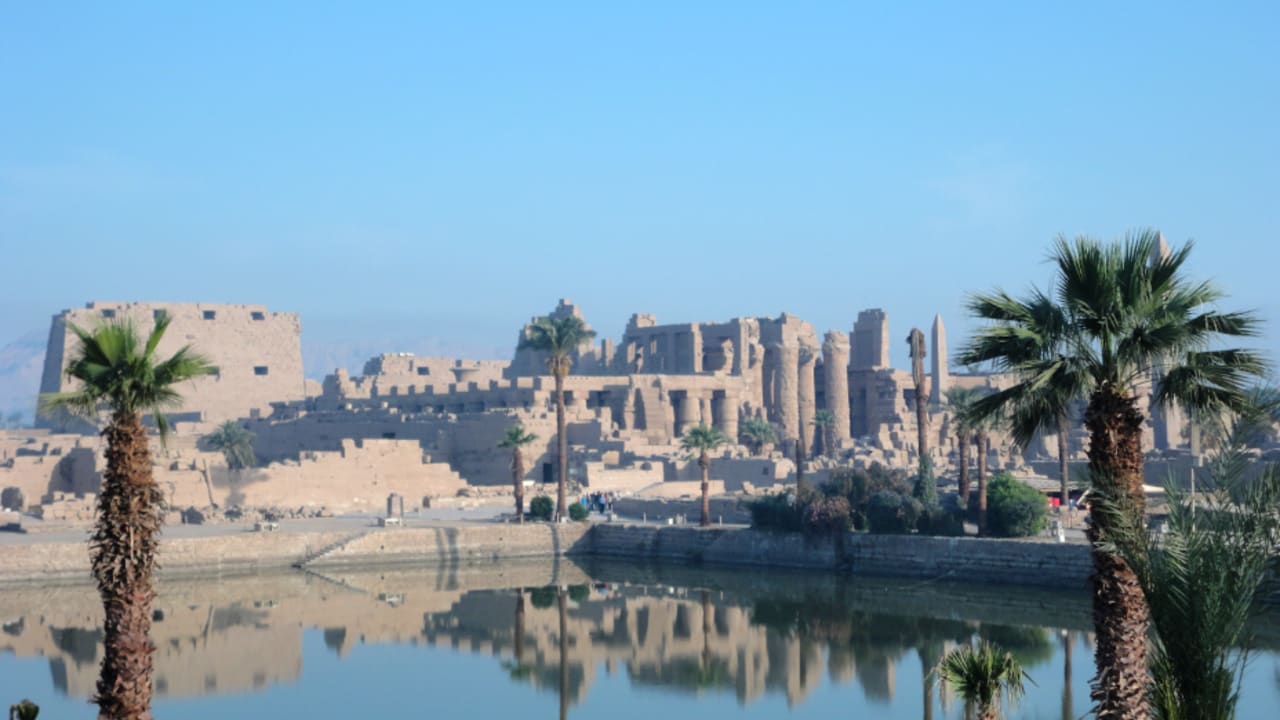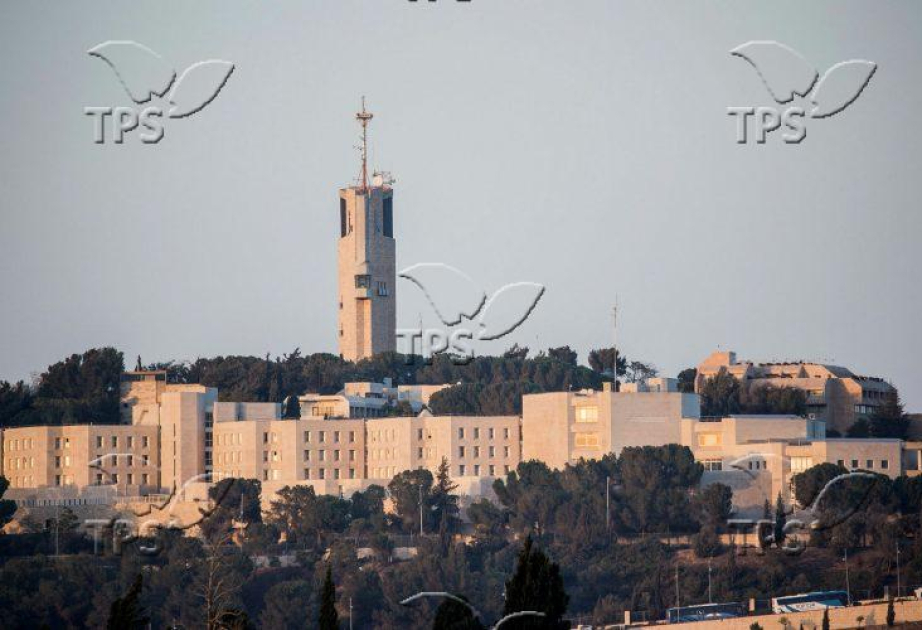ByJERUSALEM POST STAFF
Findings indicate Karnak Temple's origins date to the Old Kingdom (2591–2152 BCE), showing the site's first permanent settlement occurred during this period.
A study published on October 6th in the journal Antiquity unveiled crucial insights into the ancient origins of the Karnak Temple in Luxor, Egypt - a UNESCO World Heritage site. Research conducted by scientists from the University of Southampton and Uppsala University marks a milestone in understanding the historical and religious significance of one of Egypt's most iconic architectural wonders. The findings assert that the origins of the Karnak Temple could be traced back to the Old Kingdom period, approximately between 2591 and 2152 BCE, revealing that the first permanent settlement at the site dates to this era, according to Al Arabiya.
For years, experts debate the precise age and origins of the Karnak Temple. The academic dispute centers on whether the temple's construction began in the early third millennium BCE or occurred in a later era. The new research provides new evidence, offering an accurate chronological understanding of the site's development and firmly places its earliest occupation and construction within the Old Kingdom timeline, as reported by Popular Science.
One intriguing aspect of the study is the notable connection between the temple's location and ancient Egyptian creation mythology. The research demonstrates that the temple's placement was likely influenced by the myth of creation, where a creator god manifested on raised land emerging from a lake. This aligns with the geographical features of the Karnak area, initially a high island formed by shifting river channels to the west and east. This island, unique in the region for its elevated terrain, served as a natural foundation for early settlement, enhancing its religious significance. “The Theban elites chose Karnak's location for the dwelling place of a new form of the creator god, 'Ra-Amun', as it fitted the cosmogonical scene of high ground emerging from surrounding water,” said Ben Pennington from the University of Southampton.
The team undertook a meticulous analysis of 61 sediment samples and tens of thousands of ceramic fragments, reconstructing the transformation of the surrounding landscape over 3,000 years. These geological investigations demonstrated how the land on which the temple was built was shaped by river channels that led to the emergence of a raised island, aligning with the religious narratives of primordial land rising from chaotic waters. This process allowed the researchers to establish a more precise chronology of human occupation and construction activities at the site, settling long-standing debates within archaeological circles.
Moreover, the study brought to light the significance of the lesser-known eastern canal, previously thought to be much smaller than its western counterpart. Pennington pointed out that the canal's prominence and extent surpassed previous assumptions, suggesting a need to focus future archaeological efforts in this area. “The eastern channel was more pronounced and possibly larger than the western channel,” he said.




















